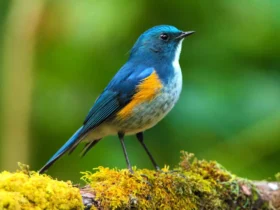In the rippling waters and along the banks of rivers, lakes, and coastlines, a bird with distinct elegance and remarkable fishing skills takes center stage—the Belted Kingfisher (Megaceryle alcyon). With its striking appearance, characteristic calls, and exceptional hunting abilities, the Belted Kingfisher captures the attention of birdwatchers, nature enthusiasts, and those drawn to the beauty of aquatic habitats. In this article, we delve into the captivating world of the Belted Kingfisher, exploring its appearance, behaviors, habitat, and its vital role in aquatic ecosystems.
Belted Kingfisher images
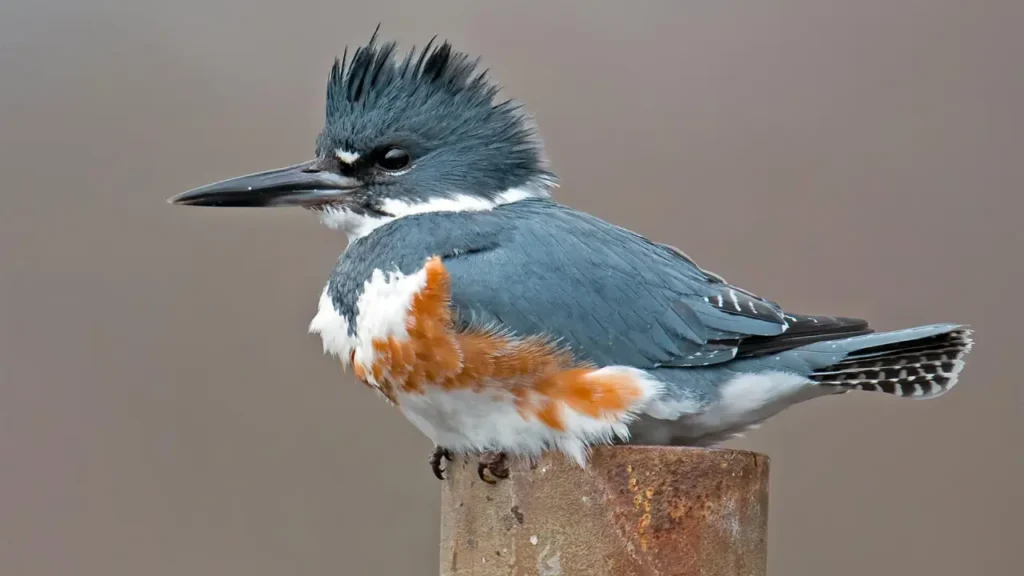
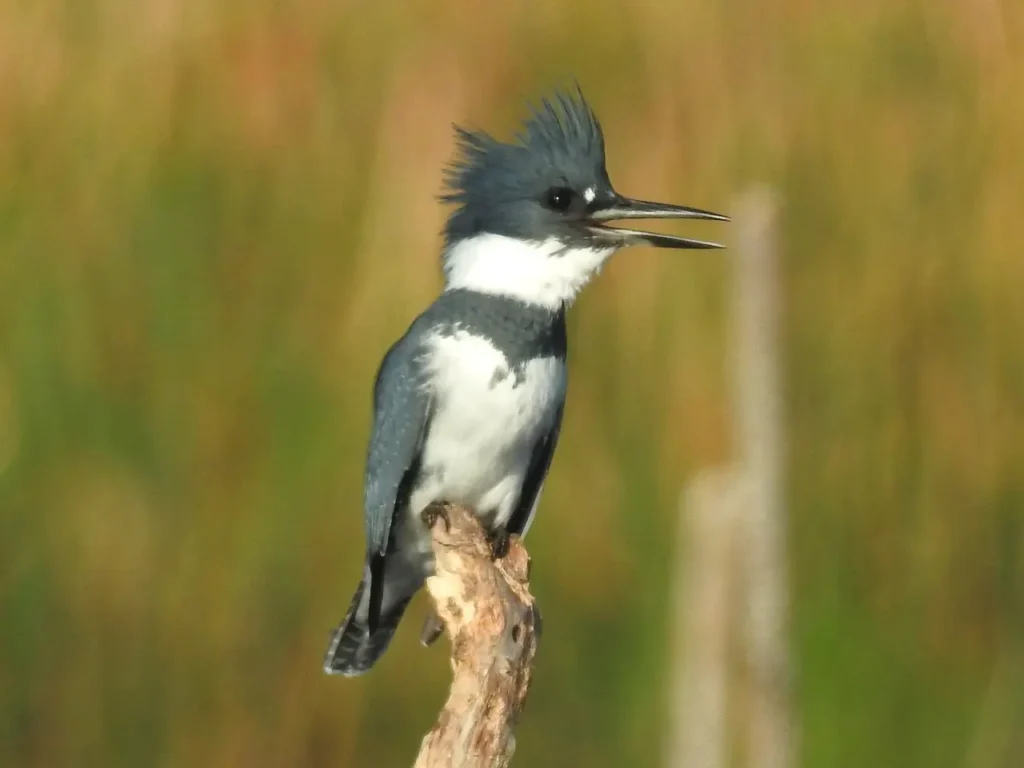
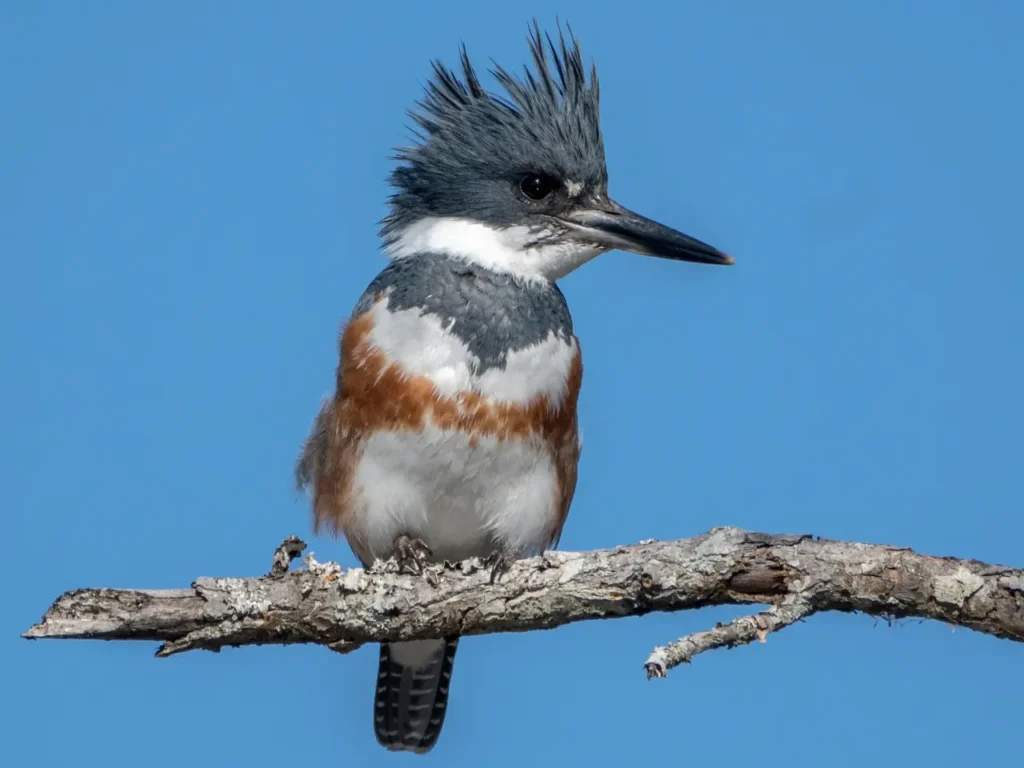
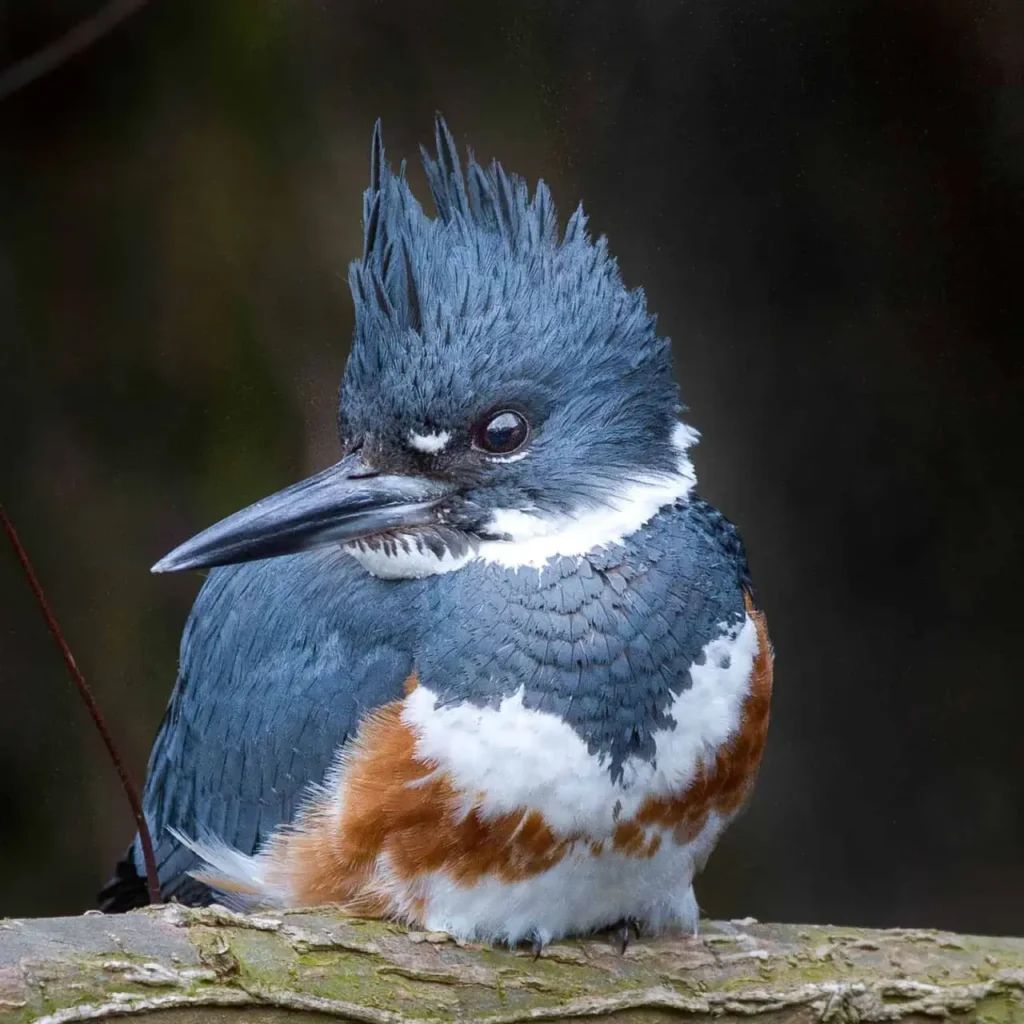
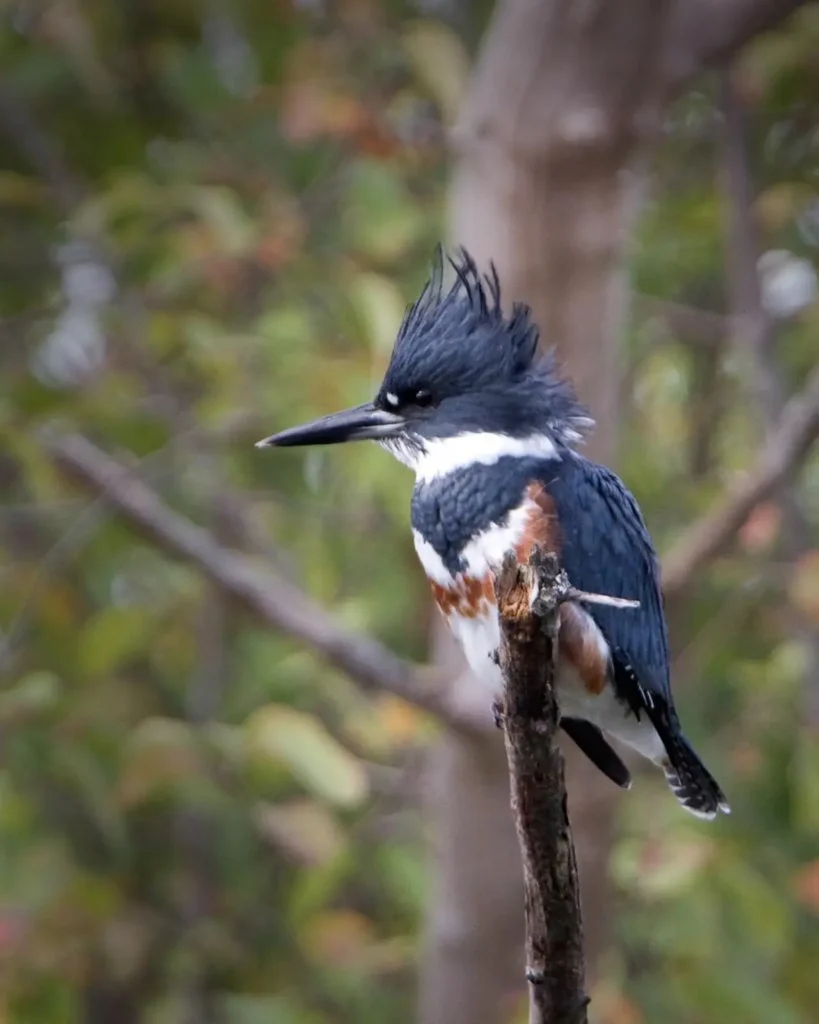
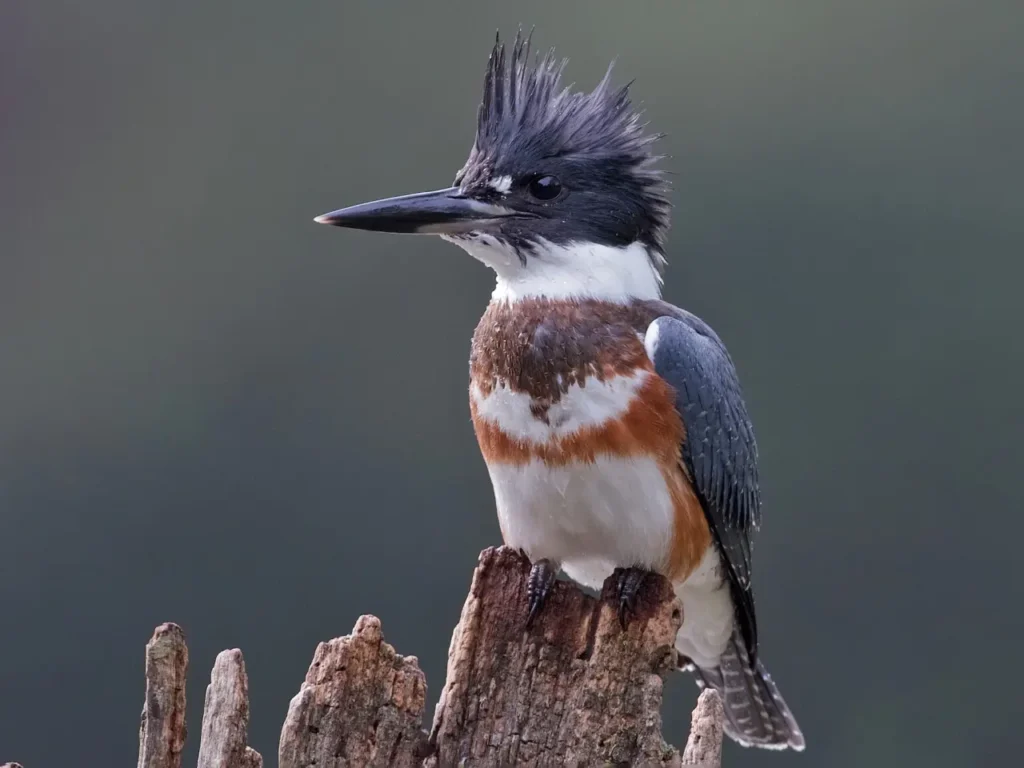
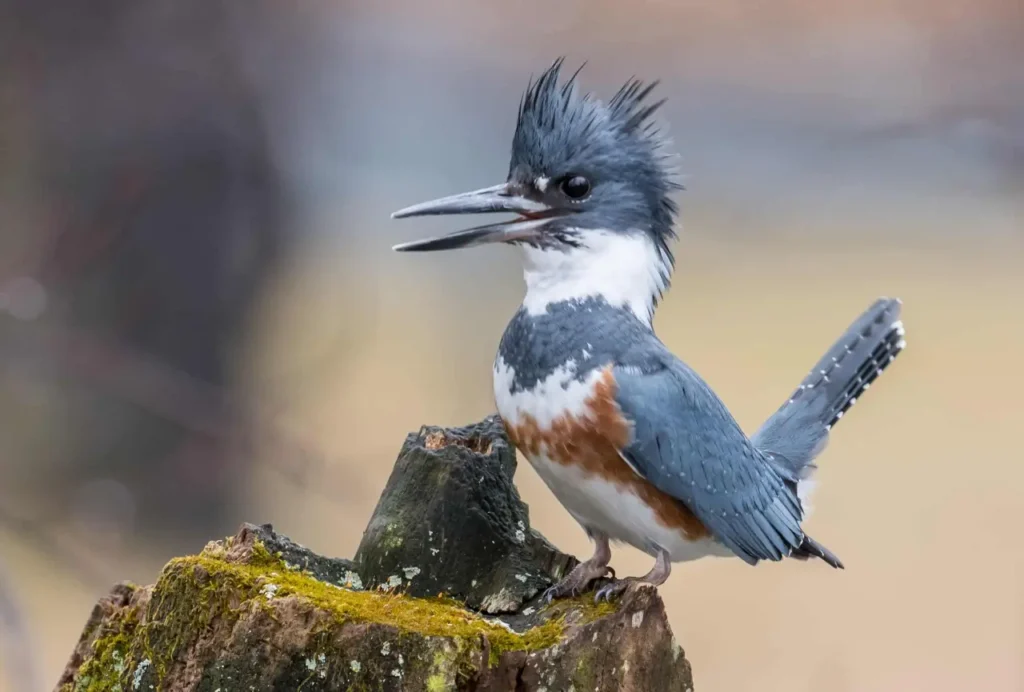
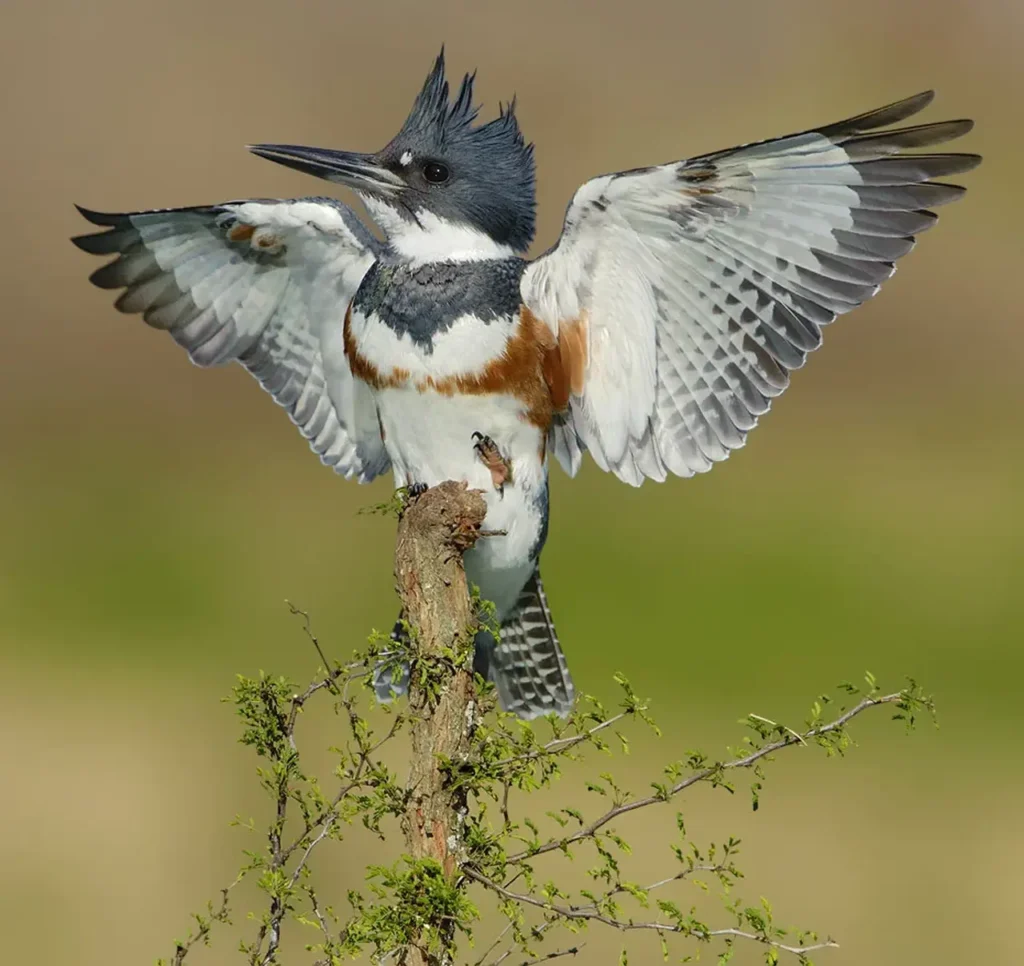
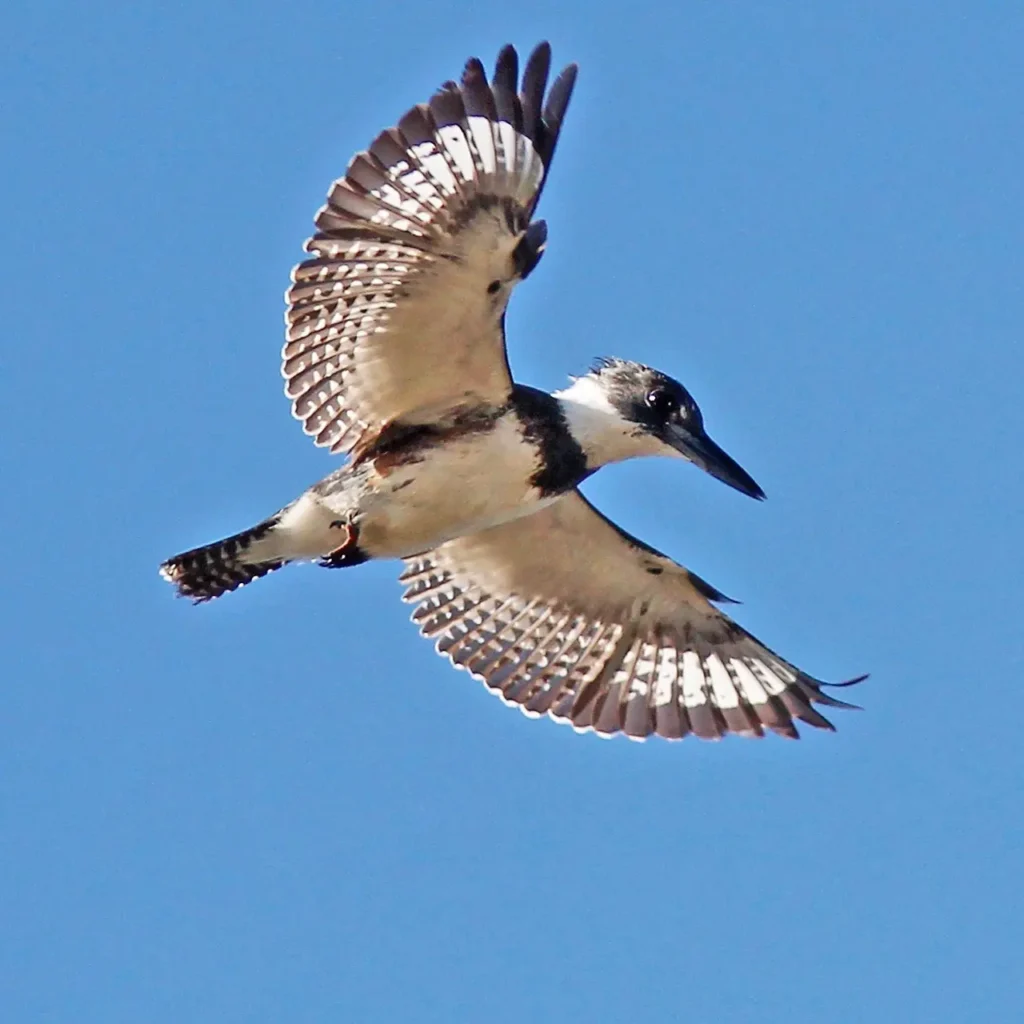
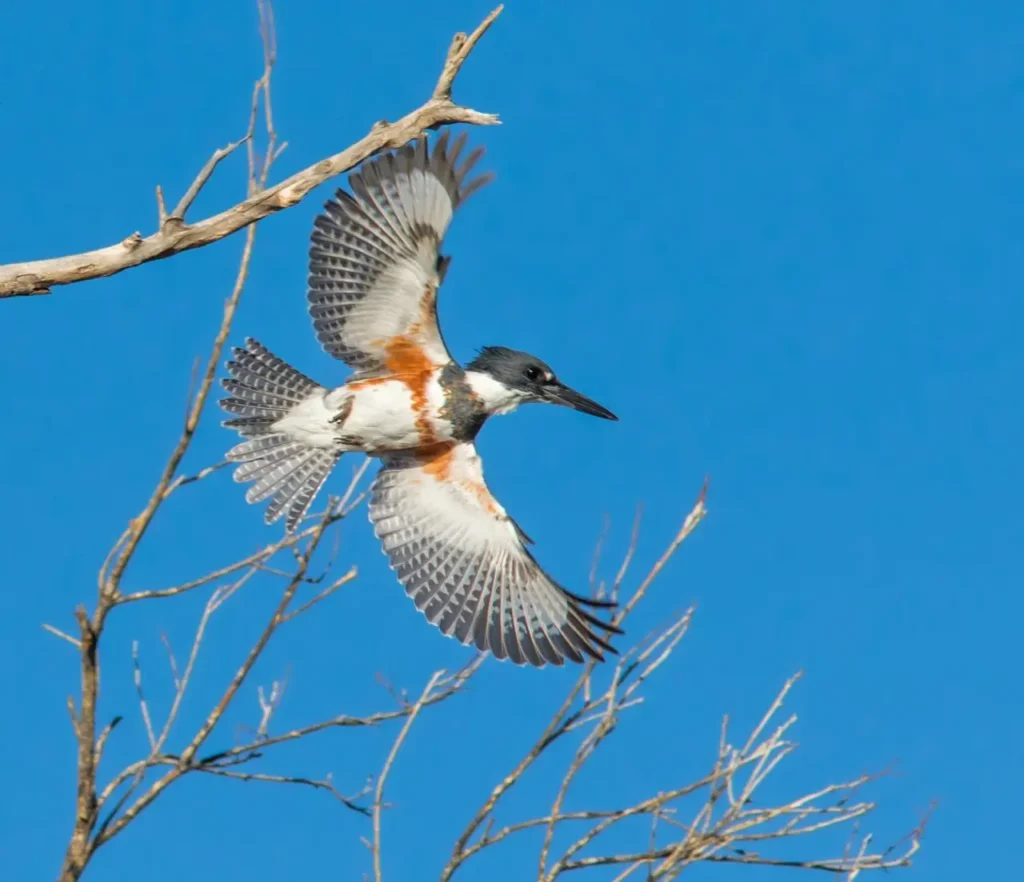
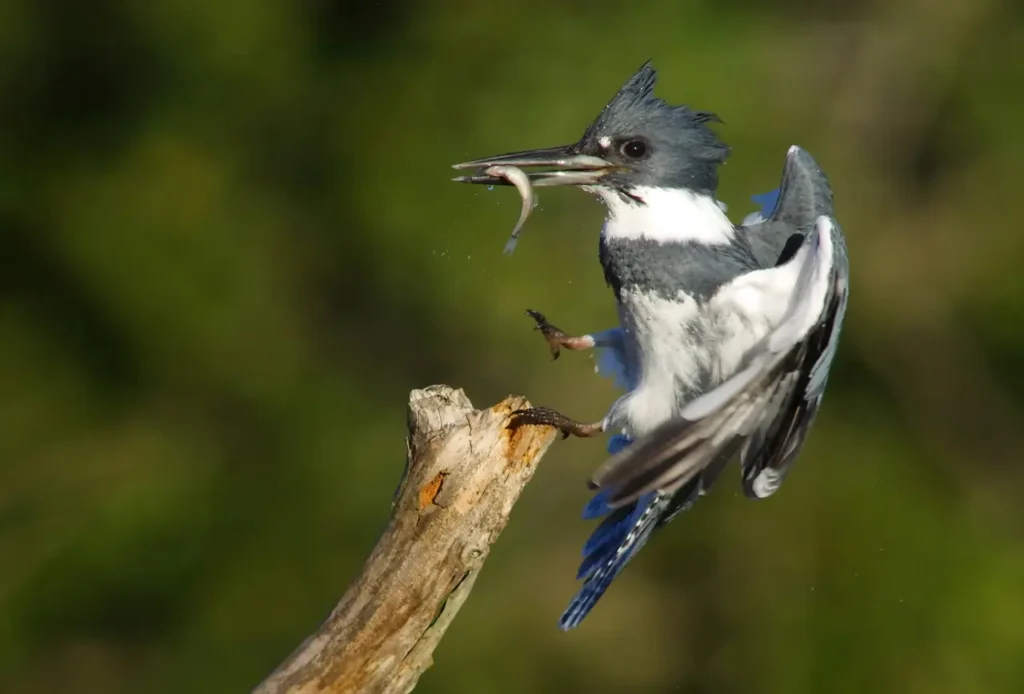
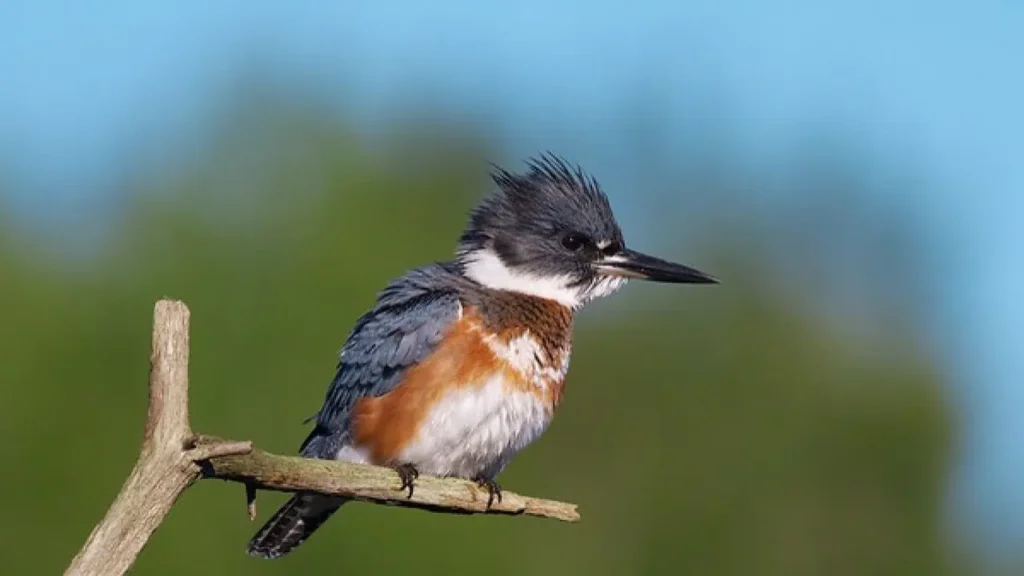
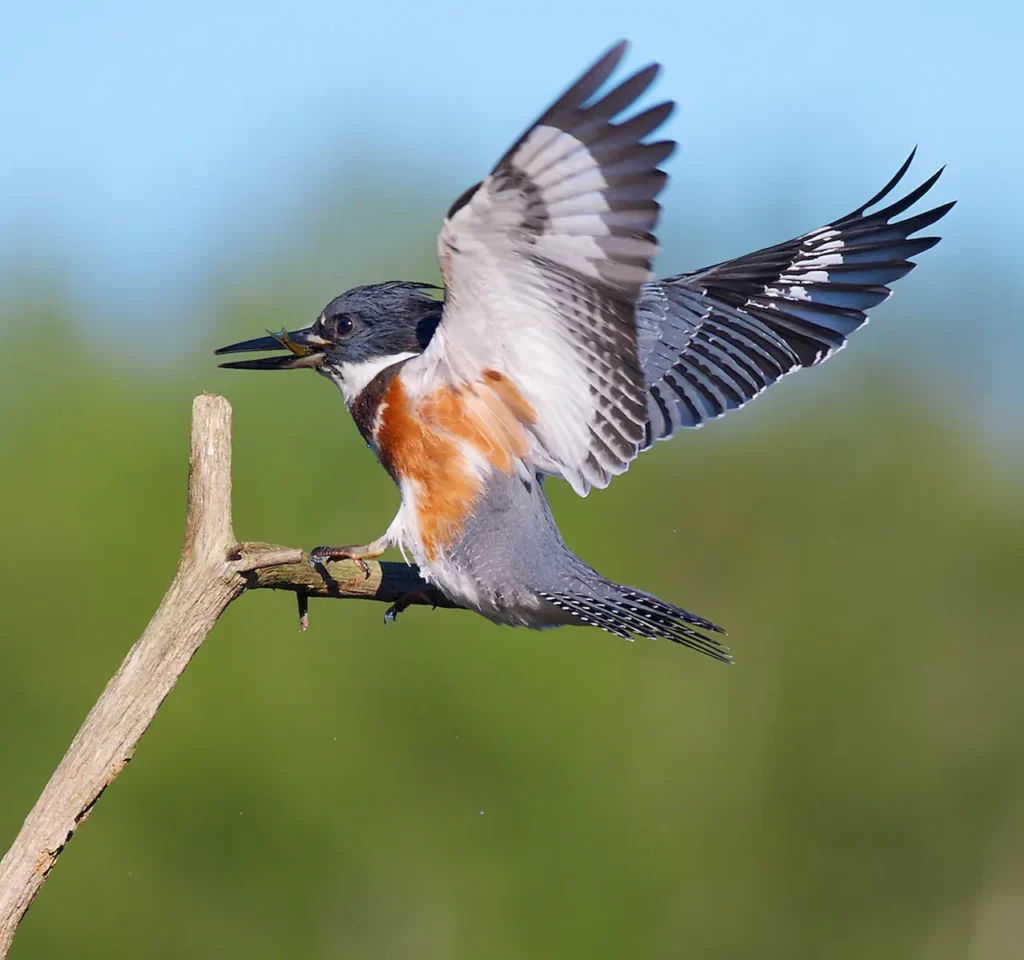
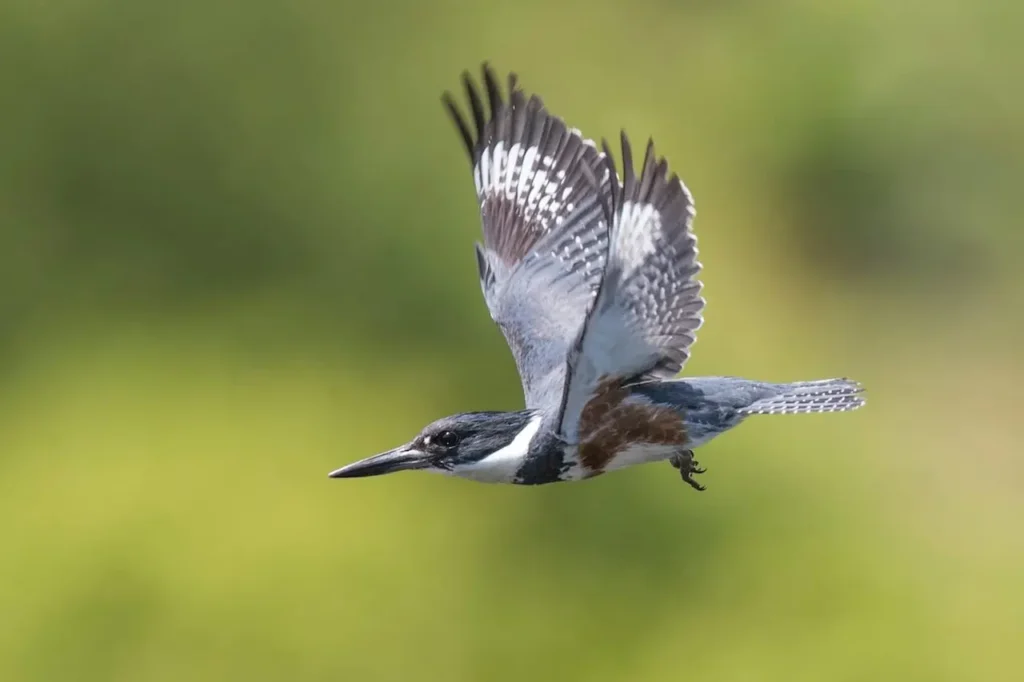
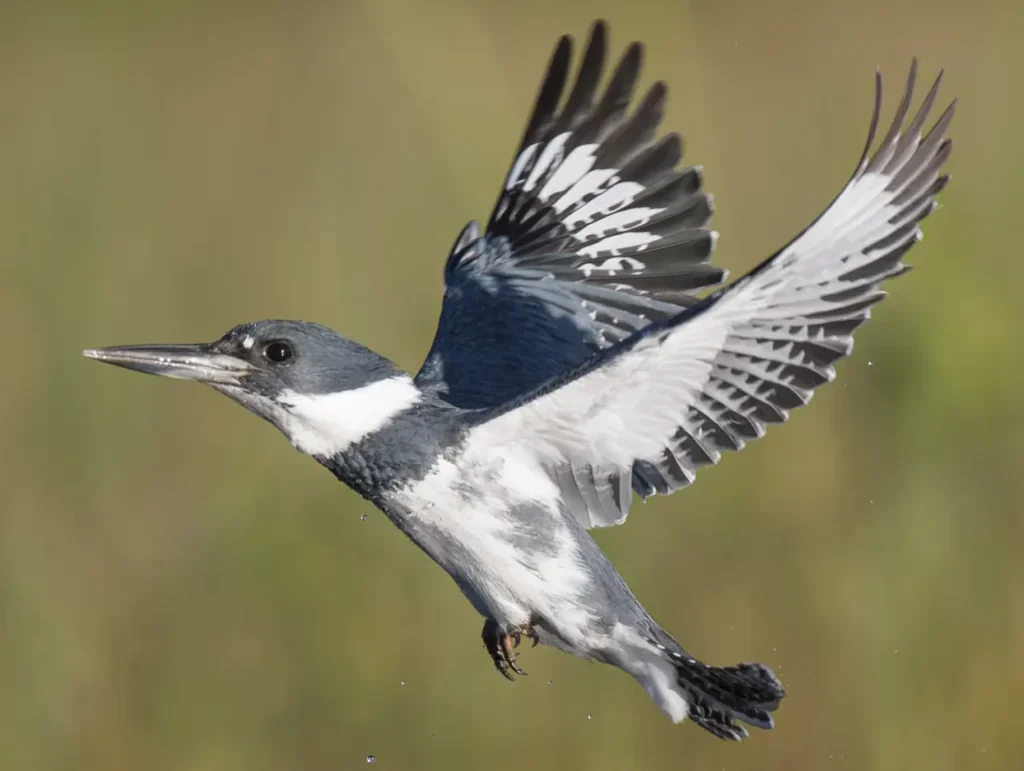
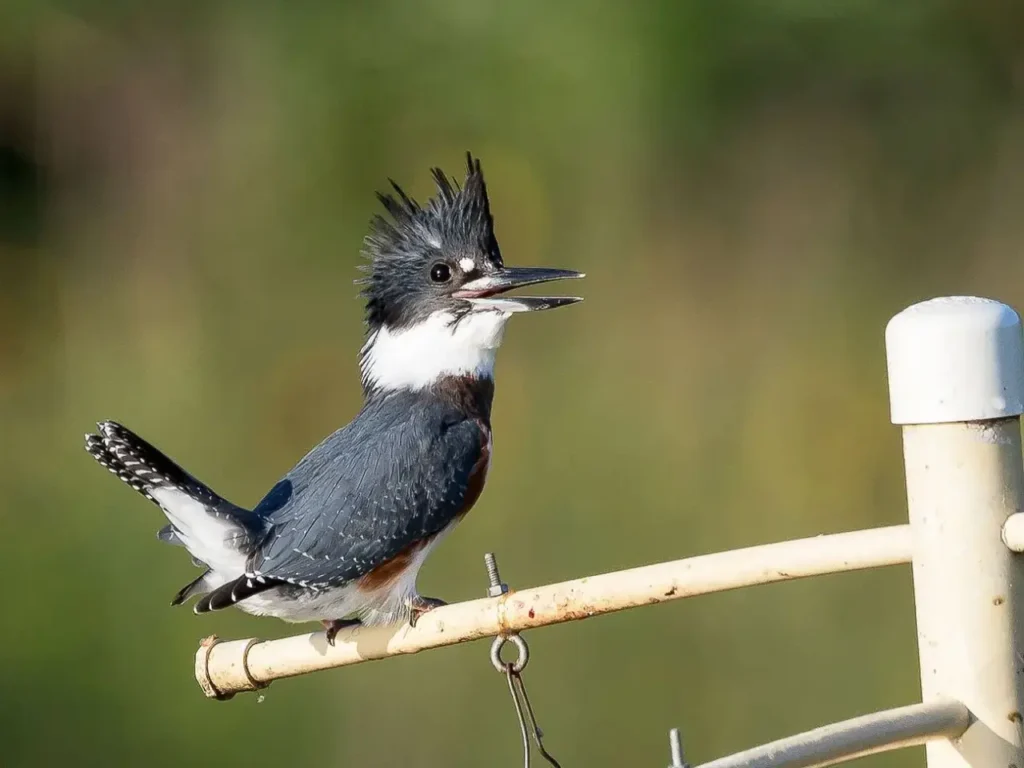
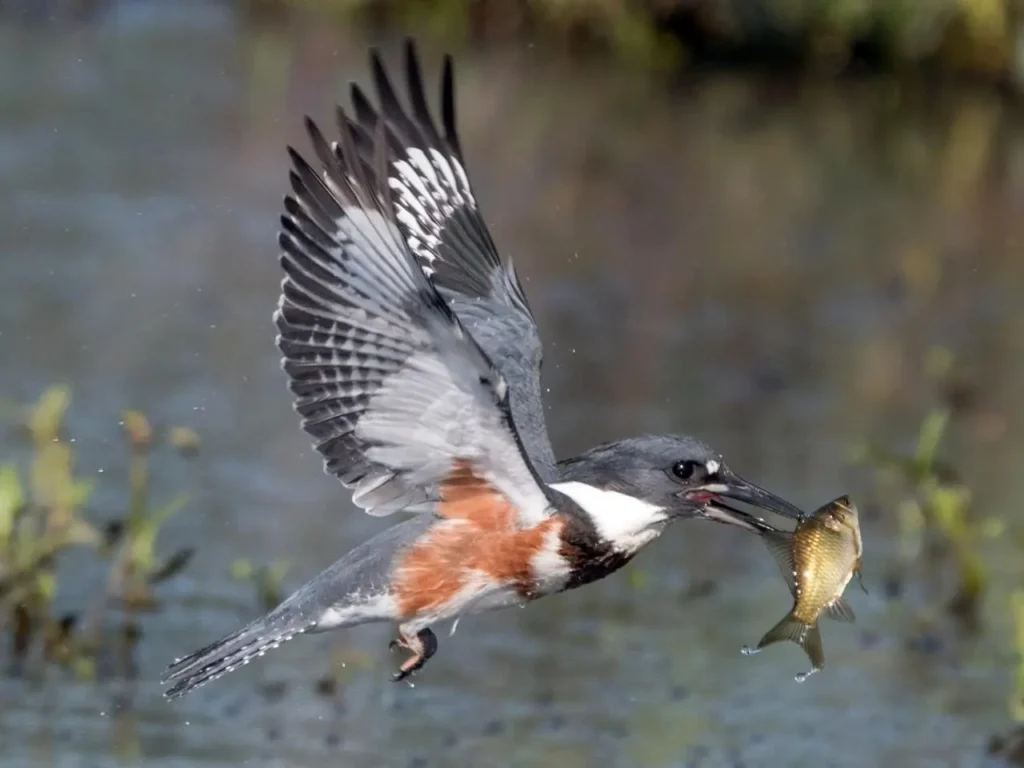
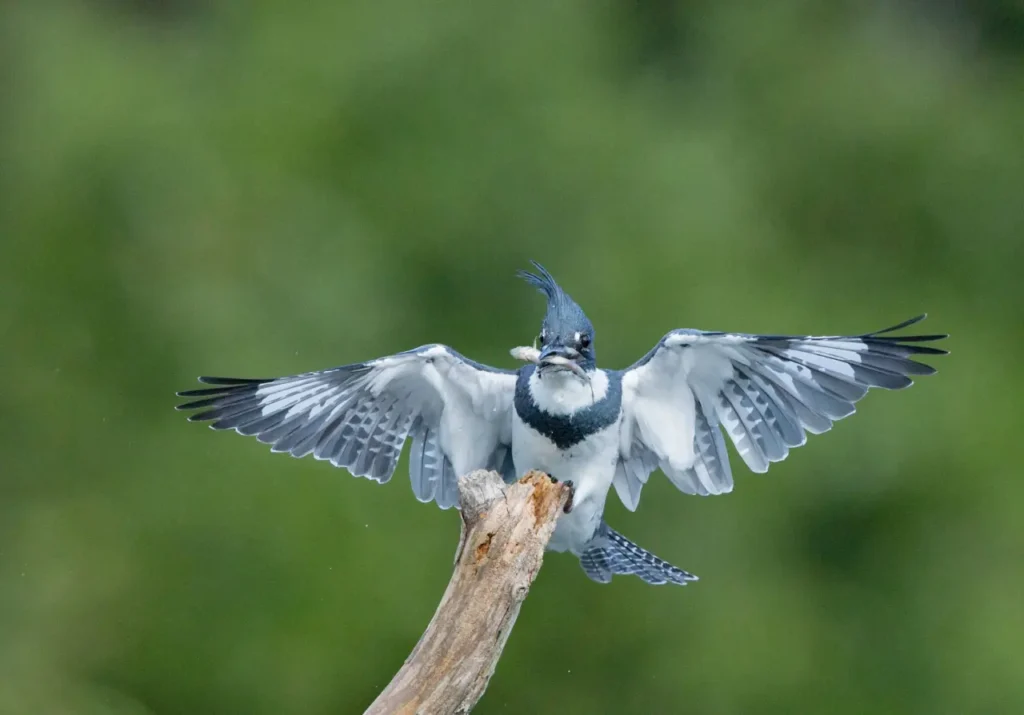
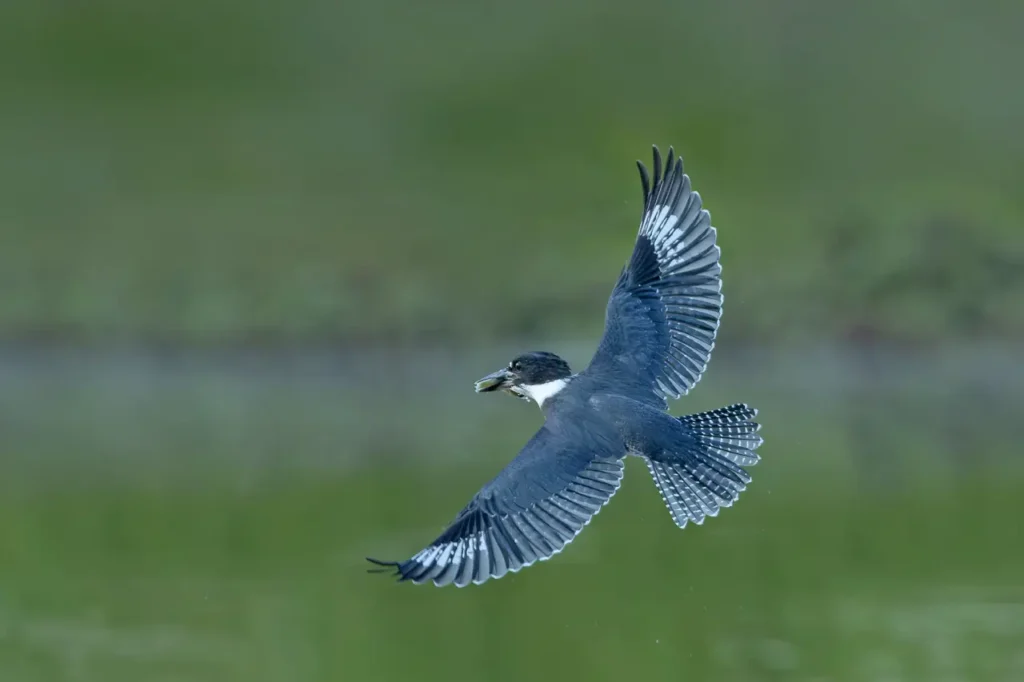

Appearance and Characteristics
The Belted Kingfisher is a medium-sized bird known for its unique and recognizable appearance. It features a shaggy crest of feathers on its head, adding to its distinctive silhouette. The male and female birds exhibit slight differences in appearance, with the male showcasing a prominent blue-gray back and head, while the female displays a blue-gray band across her chest, earning her the name “belted.”
Both sexes share a white throat and belly, which contrast with their bluish-gray plumage. Their short, sturdy bills are perfectly adapted for catching fish and other aquatic prey. To complete their striking look, Belted Kingfishers often sport a distinctive white spot on each side of their necks.
Behaviors and Hunting Techniques
The Belted Kingfisher is renowned for its exceptional hunting skills and unique methods. As a bird specialized in piscivorous (fish-eating) habits, it relies on its keen eyesight to spot fish from perches overlooking the water. Once it spots its prey, it employs a characteristic hovering technique, suspended in mid-air like a helicopter, before swiftly diving into the water to catch the fish with its sharp bill.
After capturing its prey, the Belted Kingfisher returns to a perch to consume its meal. If you’re fortunate enough to observe this process, you might witness the bird vigorously shaking its head to remove excess water before swallowing its catch.
Habitat and Range
Belted Kingfishers are found in a wide range of aquatic habitats, including freshwater rivers, lakes, ponds, marshes, estuaries, and coastal shorelines. They have a wide distribution across North and Central America, making them a familiar sight to many birdwatchers. Their distinctive calls, often resembling a rattling call or a loud chattering, are a common sound in these waterside habitats.
Conservation and Significance
The Belted Kingfisher plays a significant role in maintaining the health and balance of aquatic ecosystems. By preying on fish and small aquatic creatures, they help regulate populations and contribute to the overall ecosystem dynamics. Their presence also serves as an indicator of the health of their habitats, making them valuable subjects for ecological studies.
The Belted Kingfisher stands as a charismatic and skilled predator of aquatic environments, captivating all who have the privilege of observing its hunting prowess and distinctive calls. As we explore the fascinating world of this bird, we gain a deeper appreciation for the intricate relationships that exist within natural ecosystems. By conserving and protecting the habitats that support the Belted Kingfisher’s existence, we contribute to the preservation of not only this remarkable bird but also the delicate balance of life in the watery realms they call home.
